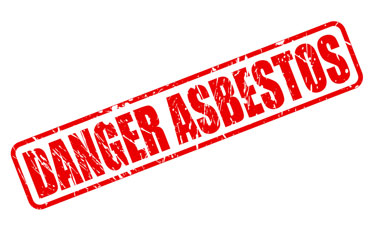hidden
We have over 20 years' of experience.

We have over 20 years' of experience.

Then please contact us, we would love to hear from and give any advice that you may need. The information you supply us will be kept in the strictest confidence and will not be passed on to any third parties.
Read More
Chrysotile, often referred to as "white asbestos," is one of the six recognised types of asbestos minerals, each possessing distinct characteristics and associated health risks. Among these asbestos varieties, chrysotile is the most commonly used and debated due to its widespread historical use and its status as a subject of scientific and regulatory scrutiny. Understanding its properties, uses, and potential health hazards is crucial for navigating the complex landscape of asbestos exposure.
Chrysotile is the only type of asbestos that falls under the serpentine category, featuring curly, serpentine-shaped fibres that distinguish it from the straight, needle-like fibres of other asbestos minerals. This mineral's name is derived from the Greek words "chrysos" and "tilos," meaning "gold" and "fibre," respectively, alluding to its golden hue when illuminated. This unique colour attribute does not inherently signal a lower risk, however, as chrysotile remains a hazardous substance.
Historically, chrysotile has been widely used for its properties such as fire resistance, strength, and flexibility. It found applications in various industries, including construction, automotive, and manufacturing. Its malleability made it a desirable component in products like roofing materials, insulation, textiles, and brake pads. However, the widespread use of chrysotile came under scrutiny as research began to link asbestos exposure to serious health issues.
Chrysotile asbestos exposure has been associated with various respiratory diseases, including asbestosis, lung cancer, and mesothelioma. Despite its unique fibre structure, studies have shown that chrysotile fibres can become lodged in lung tissues, causing chronic inflammation, scarring, and eventually leading to these debilitating health conditions. The latency period between exposure and disease manifestation often spans decades, making the long-term effects of chrysotile exposure particularly insidious.
The controversy surrounding chrysotile asbestos stems from differing opinions on its risks and whether it can be used safely under controlled conditions. Proponents of controlled use argue that certain applications, when properly managed and encapsulated, could pose a lower risk. Opponents, however, emphasise that even minimal exposure to chrysotile fibres can result in irreversible harm. This debate has led to differing regulations across countries and industries.
The World Health Organisation (WHO) and many health organisations advocate for a complete ban on all forms of asbestos, including chrysotile, due to the undeniable health risks associated with exposure. Numerous countries have indeed banned or heavily restricted its use, but variations in regulations persist worldwide.
In navigating the complexities of chrysotile asbestos, informed decision-making and prioritising safety are paramount. The presence of asbestos-containing materials (ACMs) containing chrysotile remains a concern, especially in older structures and products. Proper identification, management, and removal of ACMs are vital steps to prevent exposure and minimise health risks.
In conclusion, chrysotile asbestos presents a multifaceted and controversial issue that underscores the importance of vigilance and stringent safety measures. Its unique characteristics, historical use, and health risks require careful consideration when addressing the legacy of its past applications. The debate surrounding chrysotile highlights the necessity of informed policymaking and proactive measures to ensure the well-being of individuals and communities in the face of a complex and challenging challenge.
Get in touch with us today for a free no obligation consultation. Call now on 0330 097 3369.
If you believe or suspect that there maybe some asbestos in the building, then you need to ask the following questions:
